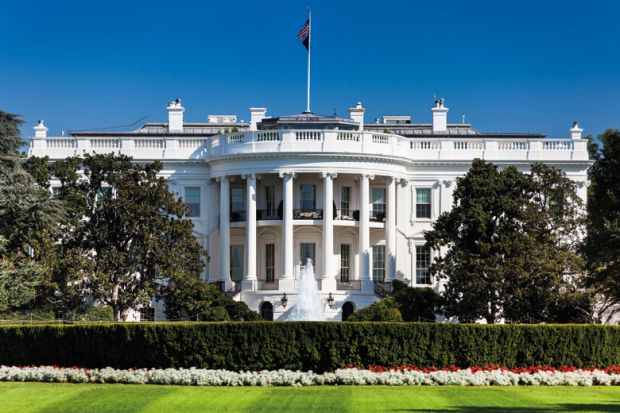It is well known that much classic English children’s fiction was written by Oxford dons such as Lewis Carroll, C. S. Lewis and J. R. R. Tolkien. Yet all were writing at a time when academics had much easier lives, were well looked after by their colleges and were largely free of the burdens of administration, research assessment and pastoral care. Today, it would surely be much more difficult to do the “day job” and still carve out time for a serious writing career on the side.
Or so I assumed when I began wondering about this a few months ago. In reality, as I describe in this week’s feature, there are some spectacular examples of people working within universities who also manage to produce excellent children’s fiction.
Katherine Rundell has already won several prizes for titles such as Rooftoppers and The Wolf Wilder. Tom Moorhouse has produced a series of books set in the riverside world of water voles to which his research is also dedicated. Janina Ramirez has just published an adventure story drawing deeply on her research into the Viking age. The amazingly versatile Clémentine Beauvais produces everything from picture books to young adult fiction in both English and French. And they are by no means the only examples.
I discovered so much interesting fiction for children written by academics that I didn’t have the space to consider non-fiction as well. Yet this is also an intriguing genre.
Take the case of Aaron Rosen, professor of religious studies at Rocky Mountain College in Montana. He has already co-authored with Riley Watts a book called Where’s Your Creativity? (aimed at children over five years old), written A Journey through Art: A Global History (for those aged 10 and above) and is now working on a book for kids about religious diversity.
When he started branching out in this way, Rosen tells me, it felt “a bit naughty or iconoclastic”. But he soon discovered that “a lot of academics were actually more interested to hear about my children’s book projects than my ‘serious’ research”, and he reckons that “as long as I keep writing academic books and articles with long enough footnotes, I’ve bought myself the right to explore other avenues with some impunity”.
Taking a detour from his research, in Rosen’s view, has both enriched it and made it available to a much wider circle.
“I’ll never become an expert on Chinese porcelain or the libraries of Timbuktu,” he explains, “but researching these topics to write about them in Journey through Art has given me new perspectives on my scholarly work on intercultural and inter-religious dialogue…Writing informative children’s books, nourished by one’s scholarly expertise, should be a slam-dunk case for establishing the public impact of one’s scholarship.”
And when it comes to “impact”, Rosen certainly has high ambitions: “In an increasingly post-factual era, when the president of the United States can’t manage to say something coherent, factual or even correctly spelled in a tweet, I think it’s incredibly important that we communicate to kids in ways that are accurate and sensitive.”
Even though the age group is technically 10+ for Journey through Art, Rosen says he’d recommend the book to the president. “He could learn a lot from it about other cultures! Maybe one of Ivanka’s kids will leave it on a couch in the Oval Office by accident…”
Matthew Reisz is the books editor at Times Higher Education.
